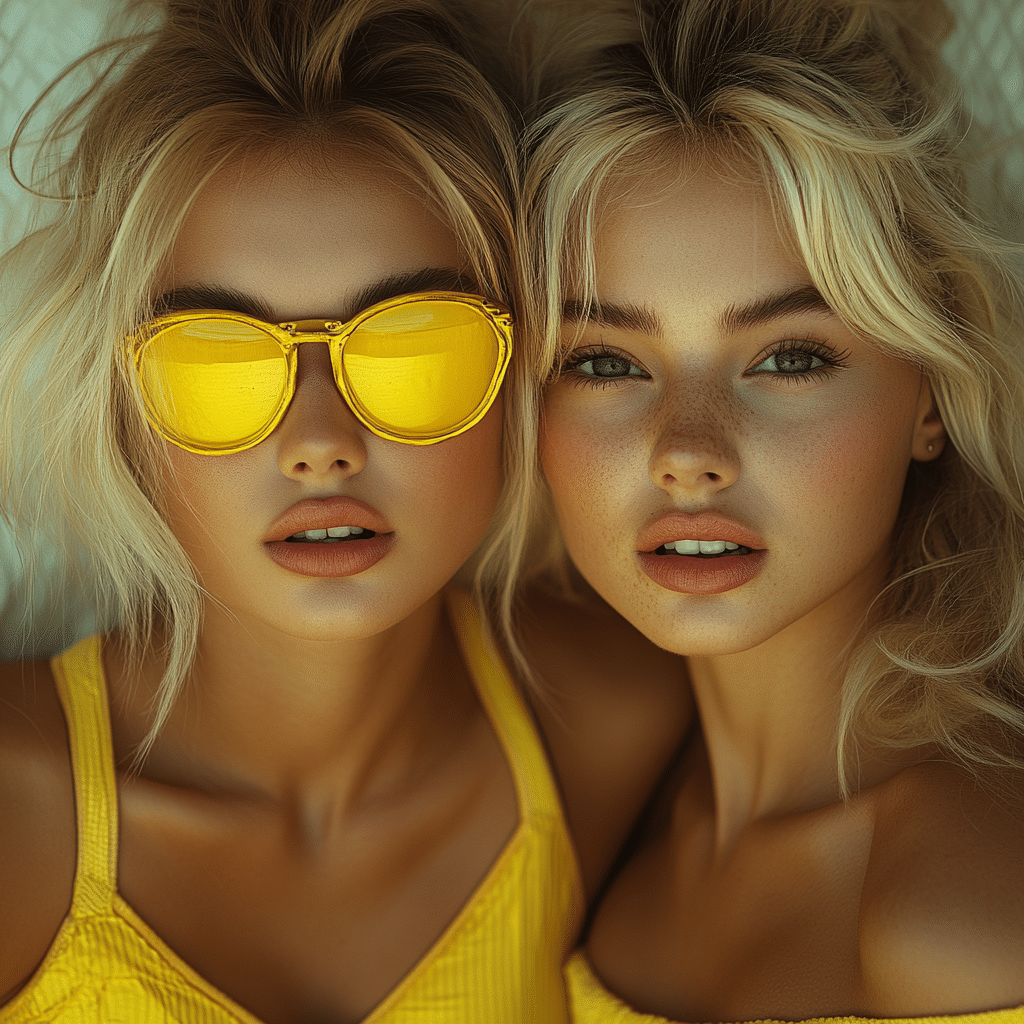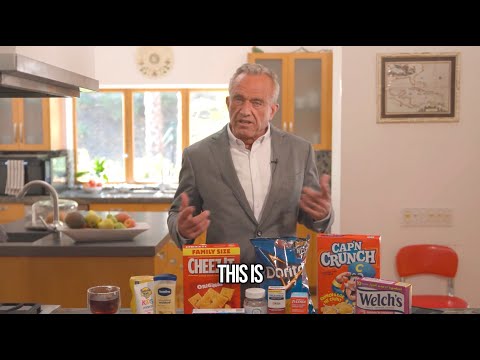
1. The Yellow 5 Debate: What You Need to Know
Yellow 5, also known as Tartrazine, bursts from your favorite snacks and drinks with its eye-catching brightness. Whether it’s the sugary goodness of a Mountain Dew or the smooth, sweet taste of Fanta, this synthetic dye adds a flair that draws consumers in. However, don’t be fooled by its vibrant charm; the use of Yellow 5 has sparked a storm of controversy, especially regarding its potential health effects.
Studies have hinted at a range of side effects associated with Yellow 5, from allergic reactions to hyperactivity, particularly in children. As savvy consumers, it’s crucial to grasp the implications of consuming these color-enhanced products in a market overflowing with options that pop off the shelf. Exploring the nuances of this controversy is essential for anyone aiming to enhance their health and achieve those ripped six-packs!

2. Top 5 Health Concerns Related to Yellow 5
2.1 Allergic Reactions and Sensitivities
Let’s face it—nobody wants to break out in hives while trying to enjoy a sweet treat. Many individuals report adverse reactions to Yellow 5 that include everything from hives and headaches to asthma attacks. For some, it’s no joke! Research shows that Yellow 5 can trigger symptoms in sensitive individuals, leading manufacturers to add warnings to popular candies and sodas. Keep an eye out for these warnings next time you’re in the snack aisle.
2.2 Hyperactivity in Children
When that rush of excitement hits after they eat a sugary cereal like Fruit Loops, we can’t help but wonder if it’s just the sugar or something else. Numerous studies have managed to link artificial food colorings, including Yellow 5, to increased hyperactivity in kids. Even though the connection isn’t set in stone, the combination of sugar and additives can cause parents to take a closer look at the ingredients in their children’s food. This has led many to demand better labeling and regulation of products directed toward young consumers.
2.3 Misleading Color Perceptions
Have you ever picked up a diet soda thinking you’re making a healthier choice, only to find it loaded with artificial dyes? Yellow 5 creates a false sense of nutritional value. Consumers often perceive bright colors as a sign of healthiness, which can steer our decisions in the wrong direction. Ingredients like Blue 1 and vibrant colors in energy drinks can mask the lack of nutrition and ultimately lead you away from your fitness goals.
2.4 Regulatory Scrutiny and Bans
Not everyone is embracing Yellow 5 with open arms. Countries in Europe have made significant strides towards banning artificial dyes like Yellow 5, prompting companies to rethink their ingredient lists. Big brands such as Nestlé and Kellogg’s have revolutionized their approaches to product formulations due to growing consumer backlash. It’s clear that if you want to get shredded and boost your health, having cleaner options is essential.
2.5 The Connection with Other Colors: Color Red and Green
Yellow 5 doesn’t stand alone. Concerns surrounding artificial dyes extend to other colors like the color red and green. Just as studies have shown Yellow 5 to be potentially harmful, similar scrutiny faces red and green dyes, deemed dangerous by some experts. By widening the lens on these issues, consumers can develop a more critical eye when evaluating all food colorants on the shelf.

3. The Spectrum of Alternatives: Exploring Safer Options
As awareness of artificial dyes grows, so does the desire for better choices. Food makers are now turning to natural color enhancers. Brands such as Annie’s are leading the charge by utilizing ingredients like yellow squash instead of synthetic dyes. This pivot illustrates a significant appetite among consumers for healthier, transparent options—a crucial factor in everyone’s journey to fitness.
Imagine biting into a snack and knowing exactly what’s in it. That’s attainable with the rise in natural alternatives flooding the market. Companies are feeling the pressure to deliver cleaner ingredient lists that align with health-conscious consumers. Clean eating is becoming synonymous with a commitment to overall well-being, and brands that don’t adapt risk being left behind.

4. The Role of Brands Like Silverscript and Code Blue
Certain brands are taking a strong stand against artificial additives. Silverscript has carved a niche by promoting products with natural alternatives, while platforms like Code Blue extend an invitation to consumers to be advocates for their own health choices. With this movement towards “clean eating,” the dialogue around food additives and their impact on well-being is gaining traction.
With such shifts in consumer preference, manufacturers are more motivated to rethink their product lines. Clean, vibrant ingredients are not just a trend—they’re leading a fuller revolution toward health. Embracing brands that recognize this urgency can fast-track your commitment to a healthier lifestyle, combining tasty choices with better nutrition.

5. Consumer Awareness and Education
Consumers are becoming more knowledgeable about what goes into their food. Increased awareness of Yellow 5 and other artificial dyes means more people are advocating for clearer labeling and healthier options. Campaigns aimed at educating consumers on the long-term effects of synthetic dyes have emerged, empowering buyers to question what they consume.
Gone are the days when we blindly trusted flashy packaging. This movement champions a commitment to health, making it easier for people to choose wisely when selecting their snacks and beverages. It’s about being informed, making choices, and pushing for better practices in food manufacturing.
Innovative Wrap-Up
The Yellow 5 controversy is more than a conversation about food colorings; it’s a critical reflection of our evolving understanding of health and well-being. As consumers become more critical and knowledgeable, manufacturers are forced to adapt and change their standards. This not only transforms our grocery store experiences but ripples across the entire food industry, pushing for healthier formulations and ingredients. As we stride into the future, the ongoing dialogue about food additives will shape how we perceive health and fitness, helping us to achieve not just ripped abs but holistic well-being.
So, next time you’re reaching for that bright snack or fizzy drink, remember the message behind the colors. You have the power to impact what fills the shelves and your body. With each informed choice, you’re one step closer to achieving your ultimate fitness goals—now that’s motivation worth embracing!
Yellow 5: Fun Trivia and Interesting Facts
Mixing Colors and Controversies
Did you know that Yellow 5, also known as tartrazine, is one of the most commonly used food colorings in the world? This vibrant dye is like the splash of yellow in a cartoon, think Sakura Card captor, bright and eye-catching. Interestingly, it’s found in a variety of food products, from cereals to beverages, bringing that sunny pop to your morning routine. However, people’ve raised concerns about its potential health implications. Some studies suggest a link between Yellow 5 and hyperactivity in children, sparking debates among parents and health experts alike. It’s no wonder folks are scanning labels, just like people might examine their yearly Refinancing house deals!
Historical Tidbits That Color Our Perception
The origins of Yellow 5 go back to the early 20th century, with its first widespread use making waves during the 1960s. Ironically, while parents were enjoying family movie nights, like kicking back with The Addams family values, they were entirely oblivious to what was sizzling in their food. Fast forward to today, and our relationship with artificial ingredients is more complicated than ever. Interestingly, it resembles the popularity of makeup brands like Peter Thomas roth, blending science and artistry to create appealing products. Just as makeup can invoke confidence, the right food additives can elevate our culinary experience—but at what cost?
The Science Behind the Yellow
And speaking of health, if you’re curious about your body’s inner workings, checking your hemoglobin blood test can provide insightful markers. Research has shown that certain additives, including Yellow 5, can affect individuals differently. While some might have no adverse reactions, others with sensitivities could face unexpected challenges. Similarly, incorporating Myo inositol into wellness routines can have varied effects, illustrating how personal health can truly be a mixed bag. As we dive deeper into nutrition and wellness, it feels more crucial than ever to understand what we consume—much like the enthralling desire to know How tall your favorite celebrity is! With so many factors in play, finding what works best for your body is key in this sea of information.
Navigating the world of food additives, especially with a controversial ingredient like Yellow 5, requires diligence and curiosity. Whether you’re chasing after the latest beauty trends or hunting for a mermaid doll, remember that knowledge is a powerful tool in making informed choices.



























